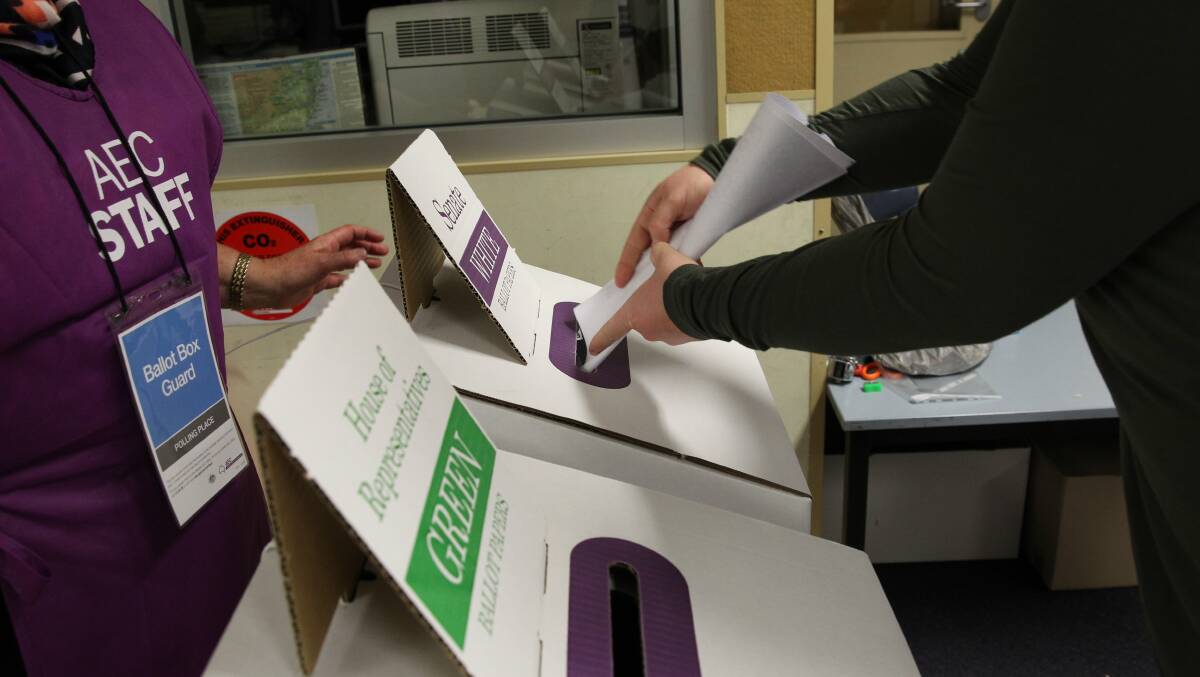The Victorian state election will be held on Saturday, November 26.
Subscribe now for unlimited access.
$0/
(min cost $0)
or signup to continue reading
Victorians will have their say on the incumbent Labor government after eight years in power as the Liberal Party led by Matthew Guy seeks to unseat the Daniel Andrews government.
Several key marginal seats are up for grabs with Greens or Teal independents firming up as strong contenders, including Northcote, Kew and Richmond.
How to vote
Preferential voting means that you choose candidates on a ballot paper in the order of your preference. If your preferred candidate cannot get enough votes to win, your vote can count for your next preferred candidate.
Victorians can vote above or below the line on the upper house (Senate) ballot paper.
The boxes above the line are groups of candidates that have registered one or more group voting tickets. To vote above the line, write the number 1 in the box for the group you want to support.
The boxes below the line represent each candidate. They are listed by group and ungrouped. To vote below the line, you must write a number 1 in the box for your most-preferred candidate and continue to number at least 5 boxes on the ballot paper in the order you prefer.
To form government, a party needs 45 seats in the lower house.
Find your local polling place below:
Voting with COVID-19
For voters who have been diagnosed with COVID-19, a drive-through voting site at a former Bunnings in Melton West will allow contactless voting.
The service will only be open to COVID-positive voters with evidence of a positive RAT or PCR.
The drive-through voting site will operate at 149 Barriers Road Melton West between 9am and 5pm on Thursday and Friday, and 8am to 6pm on Saturday.
You must also wear a face mask and stay in your car the entire time.
Find all the parties vying to win seats in parliament and links to their website below:
IN OTHER NEWS:
Key election issues
The key election issues are post COVID-19 recovery, health care, housing, education, cost of living and the environment.
Many see this election as a referendum on Daniel Andrews' premiership and leadership style during the pandemic. Melbourne endured one of the world's longest lockdowns and the state recorded the nation's highest death toll with a Ring of Steel separating metro Melbourne and regional areas.

Meanwhile, Matthew Guy has targeted the cost of living crisis with a key policy to halve V-Line fares to regional towns and reduce metropolitan public transport fares to $2 a day.
The Andrews government's signature transport policy is the Suburban Rail Loop, which will deliver a 90km rail line linking every major train service from the Frankston line to the Werribee line via Melbourne Airport.
The federal Liberal party lost several federal seats to Teal independents during the federal election earlier this year, and Climate 200 has also backed four Victorian Teal independents running in Caulfield, Hawthorn, Kew and Mornington.


